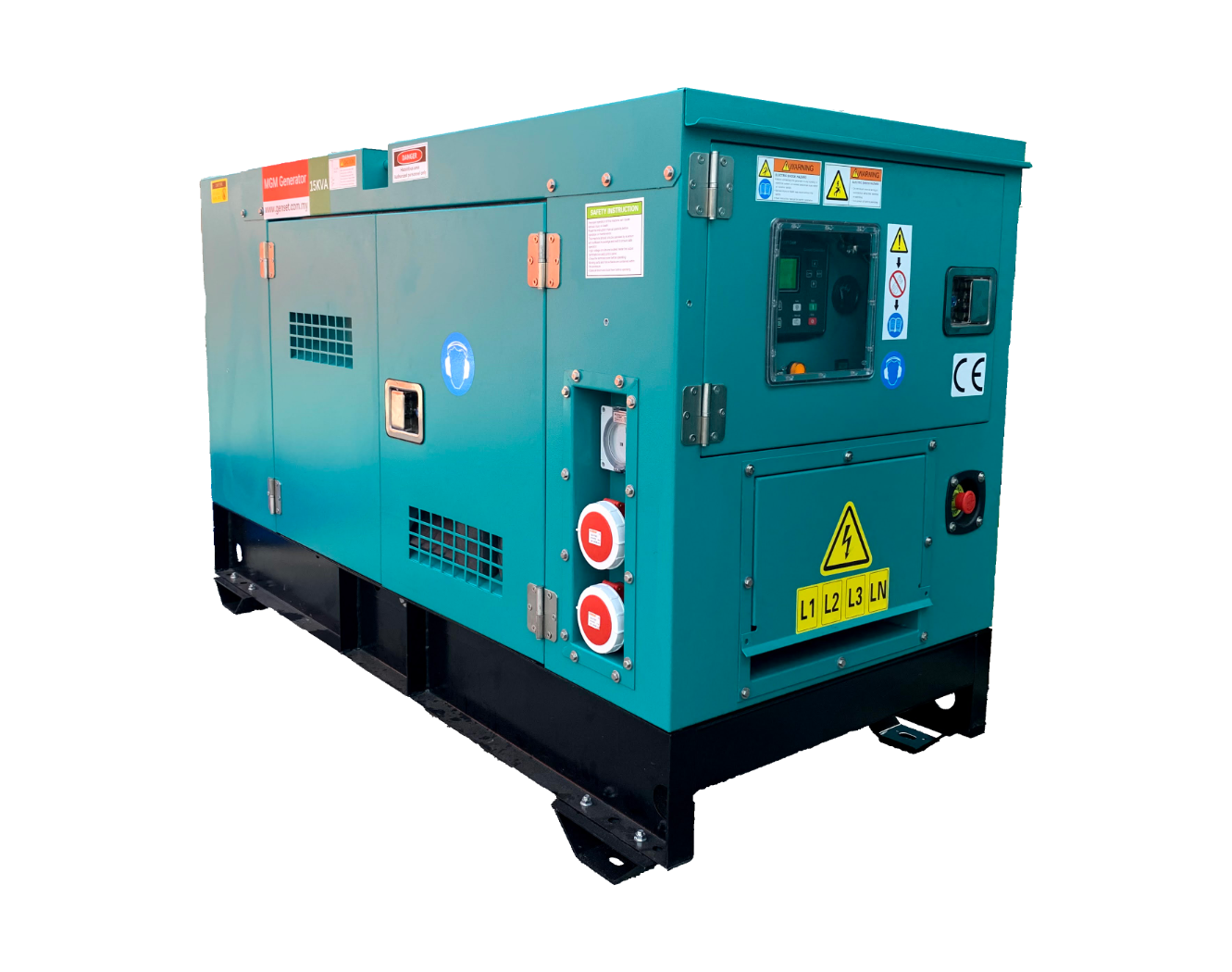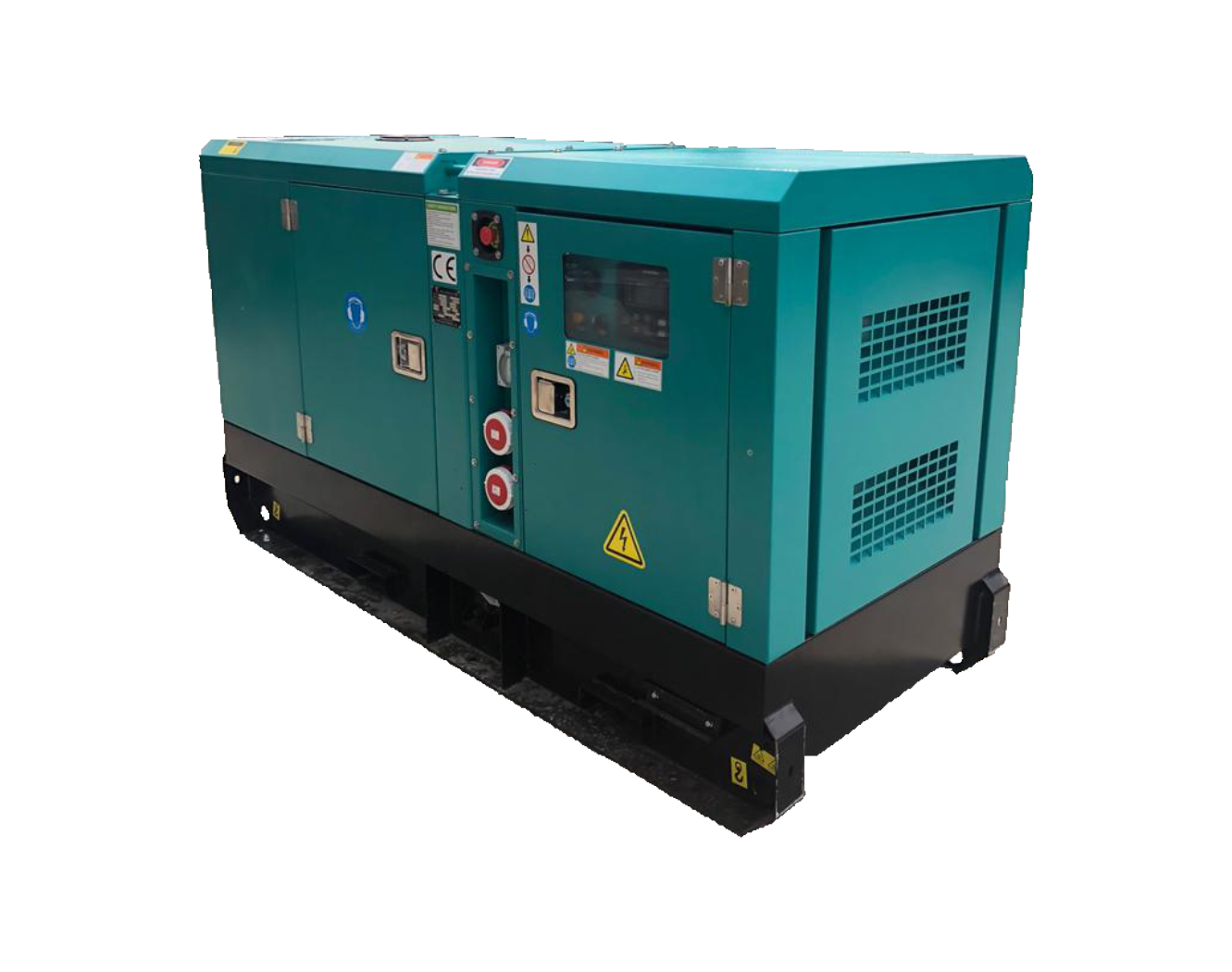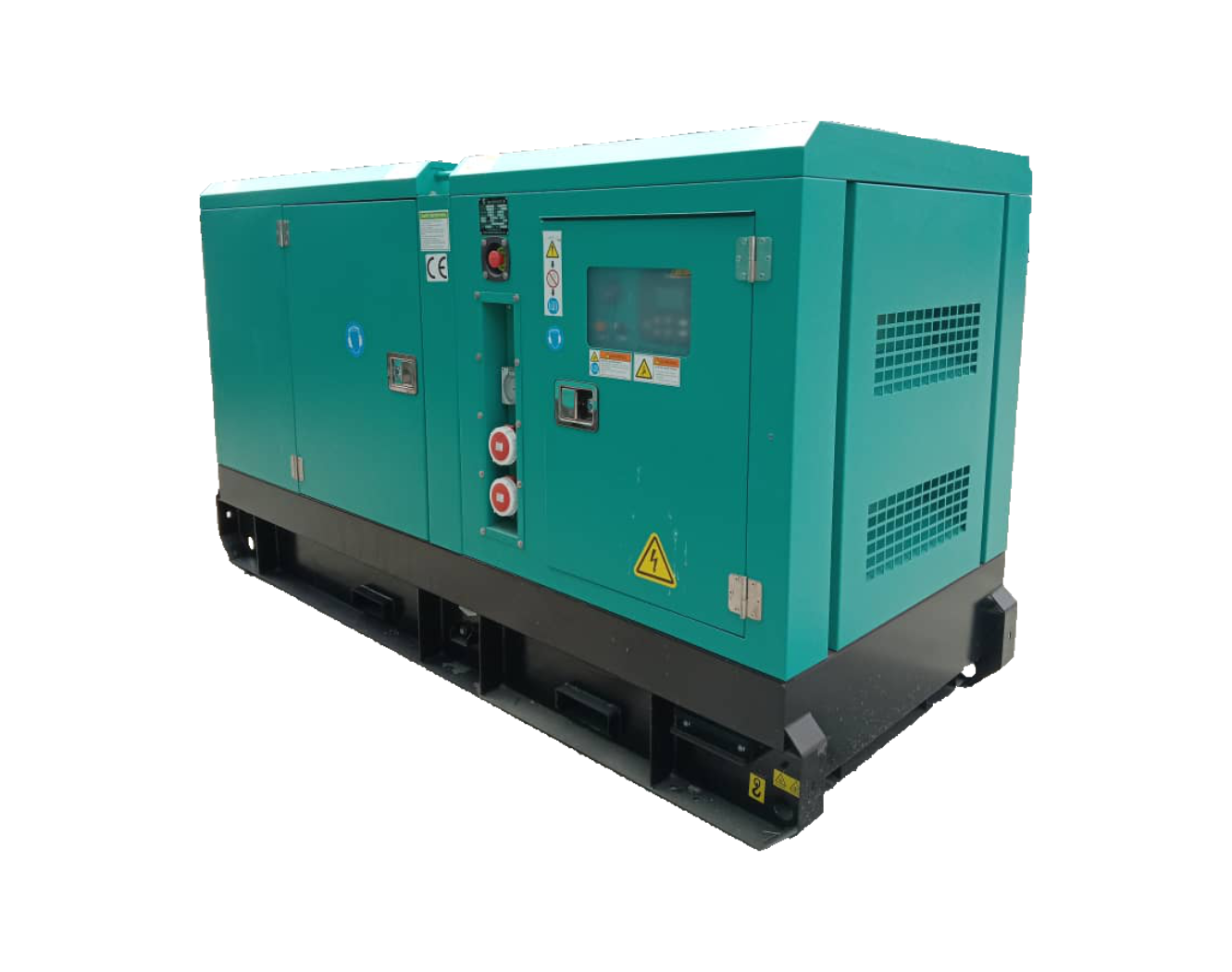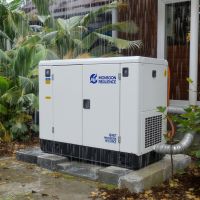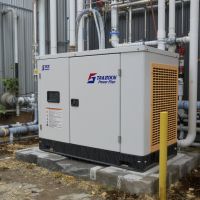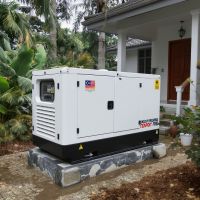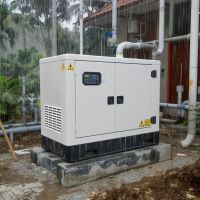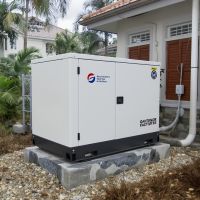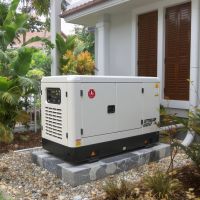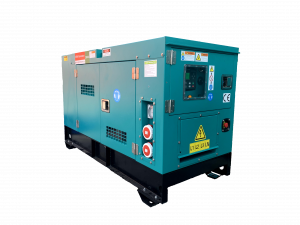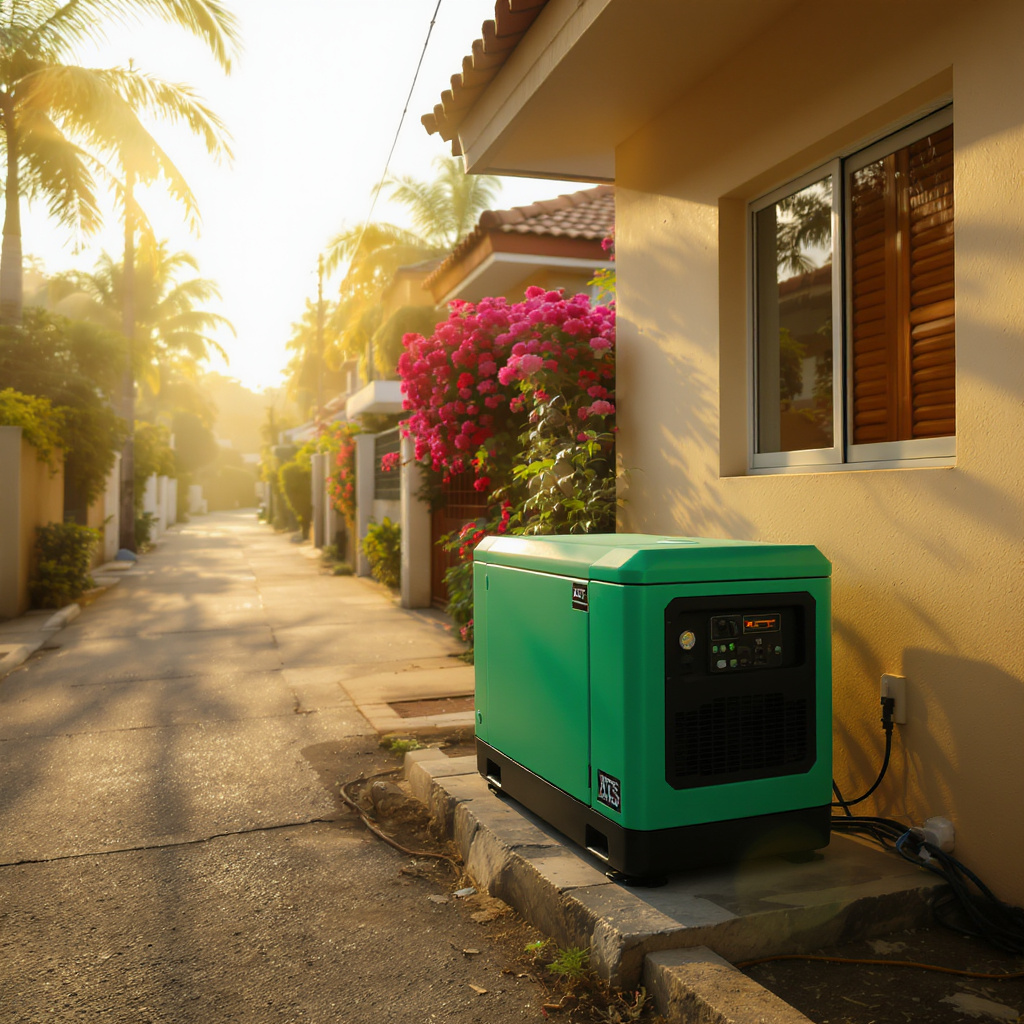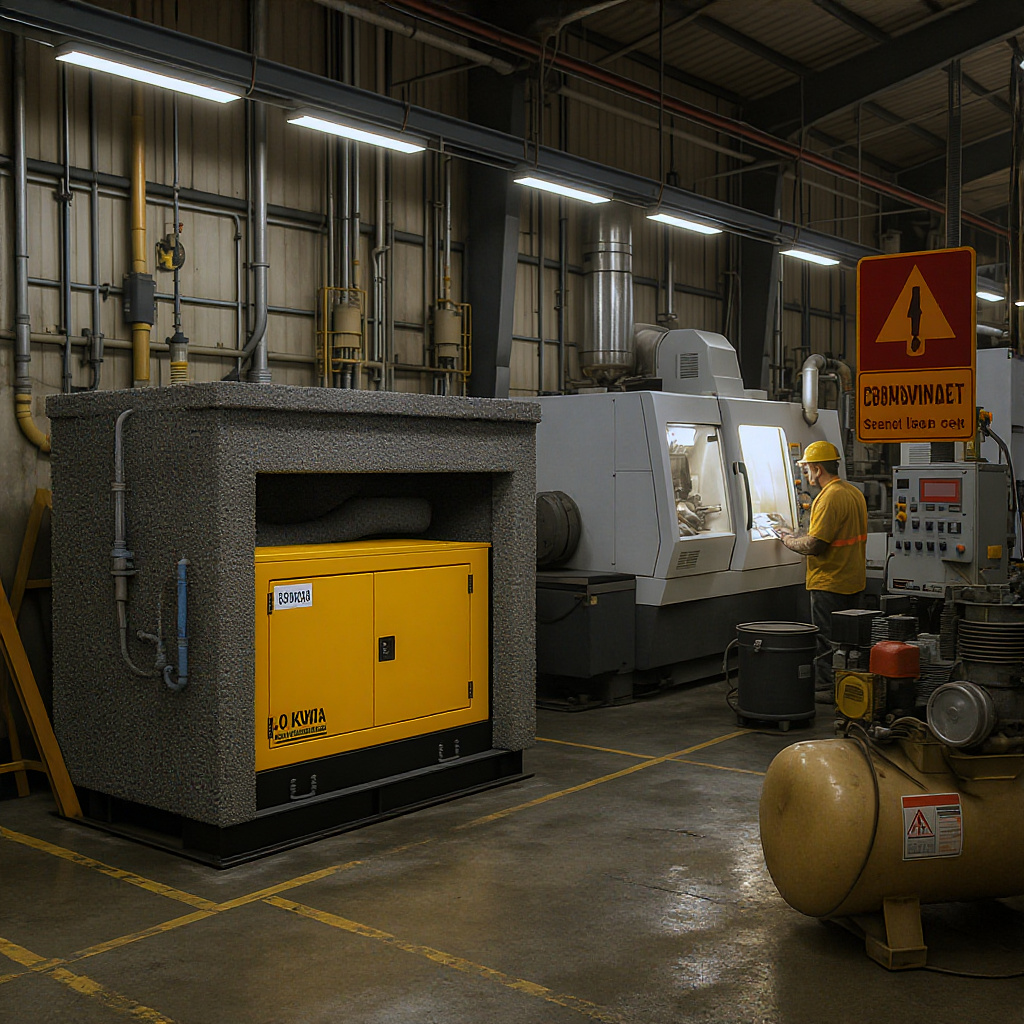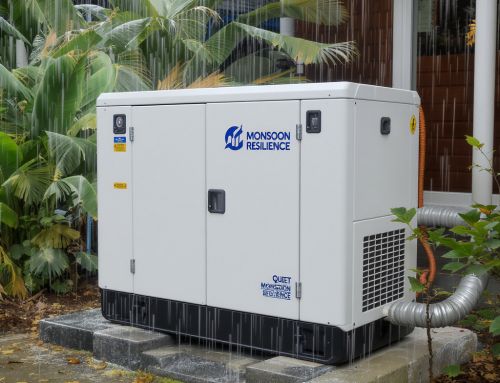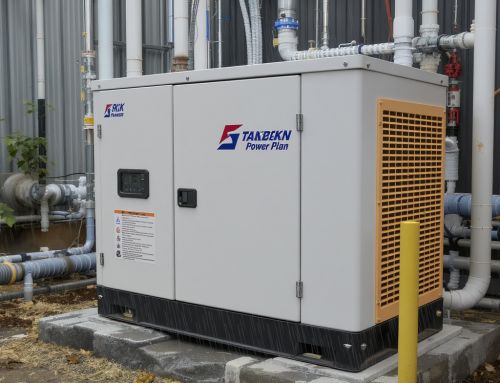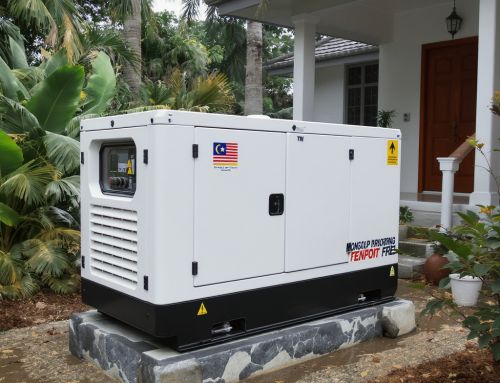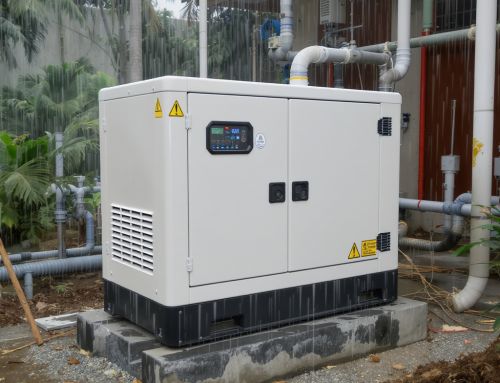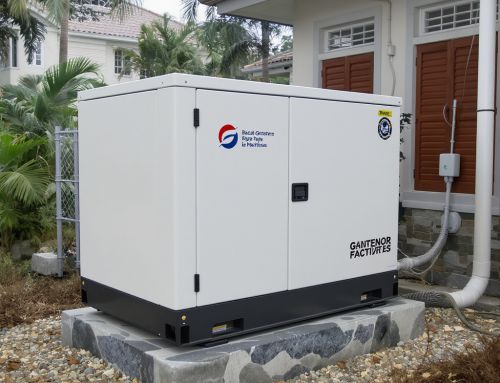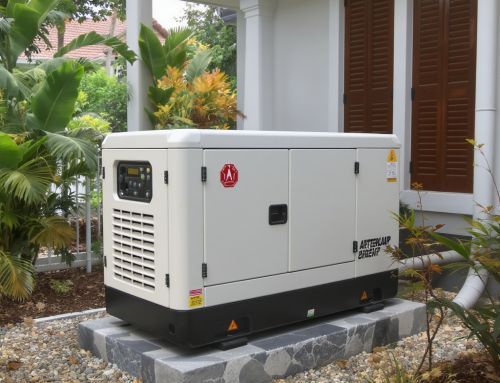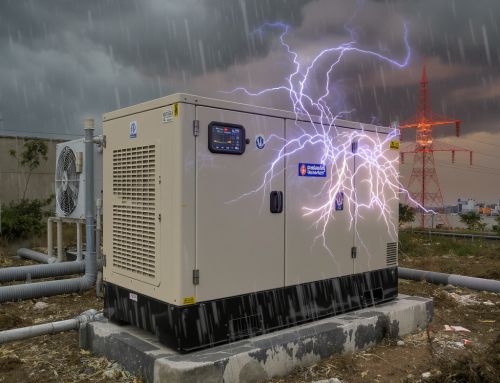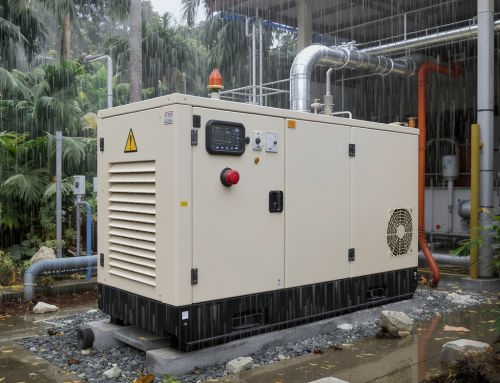Heatwave Blackouts in Malaysia: Why Backup Generators Safeguard Home Comfort and Factory Uptime (ROI, Noise & Compliance Guide)
Malaysia’s record heatwaves and soaring electricity demand are putting unprecedented strain on neighbourhood feeders and industrial circuits. When voltage drops or outages hit, both families and factory managers face the same risk: lost comfort, lost productivity, and sometimes lost revenue. A right-sized standby generator—paired with an Automatic Transfer Switch (ATS)—keeps essentials on and operations steady through brownouts and full blackouts.
For homes: Heatwave outages are more than an inconvenience. They can affect elderly family members and infants, disrupt CPAP or medical devices, spoil fridge and freezer contents, and make indoor temperatures uncomfortable or unsafe. A compact, low-noise diesel set in an acoustic enclosure can quietly support lighting, fans or air-conditioning for priority rooms, refrigeration, and Wi?Fi—so life goes on even when the grid flickers.
For factories: Even short brownouts can trip CNCs, chillers, compressors, and PLCs—leading to scrap, rework, overtime, and missed delivery windows. Consider a simple ROI snapshot: if your line downtime costs RM3,000 per hour and you experience four hours of disruption in a month, that’s RM12,000 in avoided loss with a standby generator that carries critical loads. Over a hot season, the payback can outpace financing costs, especially when a properly sized unit protects key processes rather than the whole plant.
Sizing by application: Many landed homes start with 20–30 kVA to cover essential circuits. See a popular example here: 30 kVA MGM Generator. For light manufacturing, a 50–80 kVA set often protects compressors, server racks, and priority machines; explore a proven option: 60 kVA MGM Generator. A generator professional can map your start-up currents, motor loads, and harmonics to right-size without overspending.
Noise, placement, and emissions: Modern acoustic canopies dramatically reduce sound pressure, making neighborhood-friendly installs possible. For terrace homes, site the unit outdoors on a concrete pad, typically 1–1.5 m from walls for airflow, with the exhaust facing away from windows. In factories, ensure fresh air intake, safe exhaust routing clear of work areas, and adequate clearance for maintenance doors. Low-sulfur diesel and routine servicing help keep emissions and smoke minimised during hot starts.
ATS and seamless changeover: An ATS monitors utility power and automatically transfers your load to the generator within seconds of a blackout, then returns to grid when stable. This protects sensitive electronics from repeated manual switching and keeps safety lighting, pumps, and servers running. For critical data rooms or process lines, consider a brief UPS bridge to cover the 5–10 seconds between grid loss and genset pick-up.
Compliance and safety basics: Work with licensed installers for earthing, breaker discrimination, and load-shedding logic. Use fire-safe fuel storage (bunded tanks) and test your system monthly under load. Clear labeling and lockout/tagout procedures reduce risk during maintenance. Periodic oil, filter, and coolant changes—plus a quarterly test of the ATS—keep reliability high through the hottest months.
Cost control and financing: You don’t have to power everything. Segment loads into tiers (life/safety, production-critical, comfort) and size the generator for Tier 1 and 2. This trims capex and fuel use while preserving uptime where it matters. Financing or staged upgrades (generator first, ATS and load-shedding next) can make budgets workable while still protecting core operations through peak heat.
Homeowner quick wins: Pre-assign emergency circuits, install carbon monoxide detection, and schedule a monthly 15-minute exercise run. Keep a concise checklist for family members so anyone can confirm status at a glance. With the right acoustic canopy, night-time operation remains neighbour-friendly during prolonged outages.
Factory manager playbook: Audit inrush currents on motors, add soft starters or VSDs where practical, and coordinate protection settings with your MCC. Ensure spare filters and belts are stocked. A brief operator training on ATS indications and load priorities prevents human error when the next blackout hits.
Ready to protect your home comfort and factory uptime? Speak with our team for a tailored sizing assessment, site survey, and quotation. Reach us at genset@genset.com.my or call +60129689816. Or get started here: Contact Us. If you already know your load class, explore the 30 kVA MGM Generator for homes and the 60 kVA MGM Generator for light industrial continuity.

